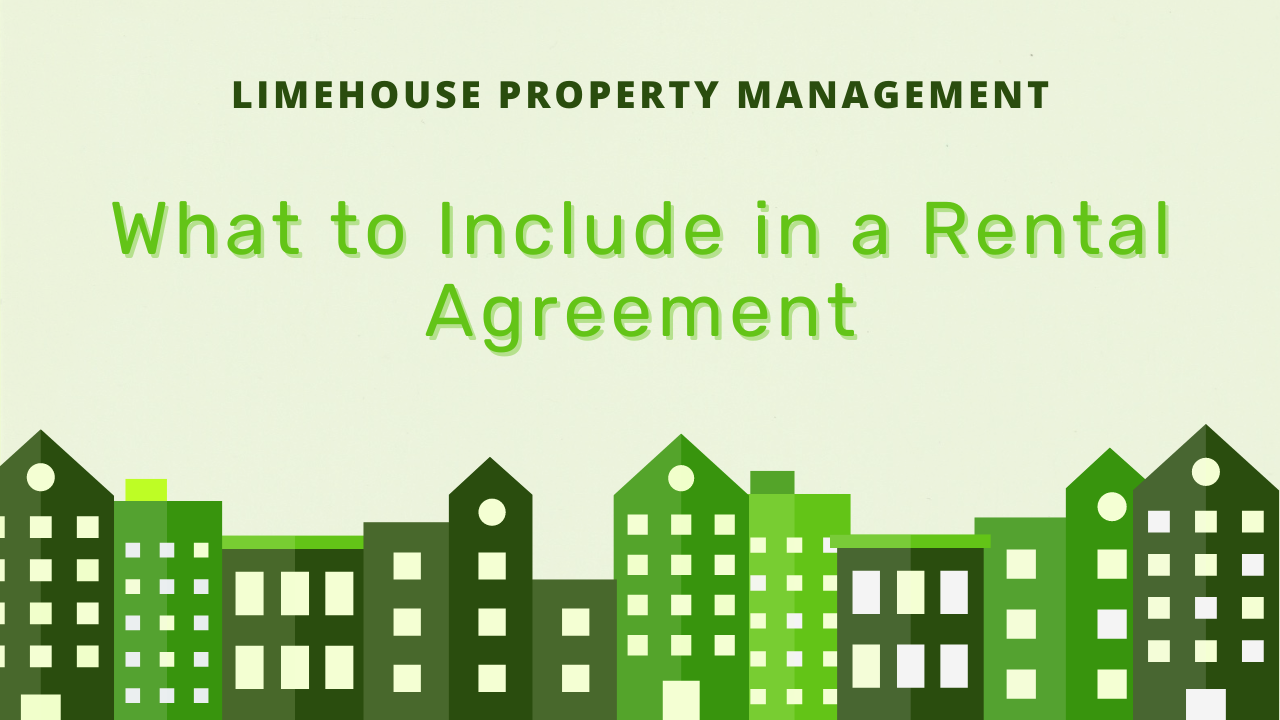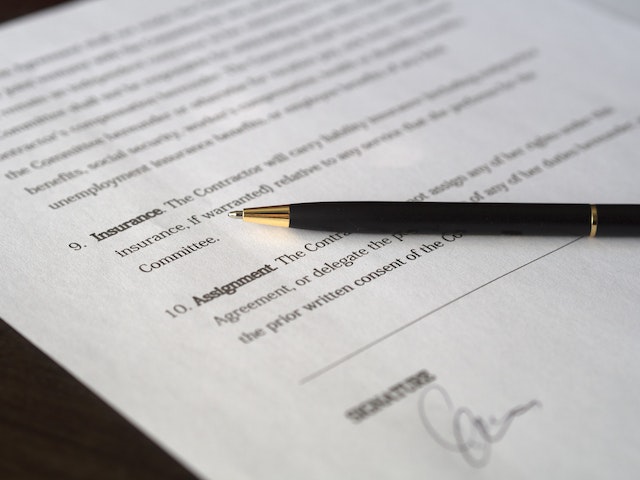What to Include in a Rental Agreement

Creating a solid rental agreement is a crucial step for landlords. A well-drafted rental agreement not only protects the landlord’s interests but also clarifies the rights and responsibilities of both parties.
It serves as a legal document that outlines the terms and conditions of the tenancy, helping to prevent misunderstandings and disputes.
By including the key elements discussed in this article, landlords can ensure that their rental agreements are comprehensive and legally sound. This will provide peace of mind and create a harmonious relationship with tenants.
Whether you are a new landlord or an experienced one looking to refine your rental agreements, this guide will help you cover all the necessary aspects. Keep reading to learn more!
Key Elements of a Rental Agreement
Tenant Names
It is essential to include the full names of all tenants who will be living in the rental property. This ensures that everyone residing in the unit is legally bound by the terms of the agreement.
By specifying all tenants, landlords can hold each tenant accountable for the rent and any damages. This section also helps in maintaining clear communication and record-keeping.
Occupancy Limits
Setting occupancy limits in the rental agreement helps to prevent overcrowding and potential damage to the property.

It also ensures compliance with local housing laws and regulations. By specifying the maximum number of occupants, landlords can protect their property and maintain a safe living environment. This clause should be clearly stated to avoid any misunderstandings.
Tenancy Term
The rental agreement should clearly specify the duration of the tenancy. This includes the start date and end date, whether it is a fixed-term lease or a month-to-month agreement.
Defining the tenancy term helps both parties understand the length of the commitment and provides a timeline for renewal discussions or termination notices.
Landlords should consider including provisions for lease renewal flexibility, outlining how tenants can renew their lease and any potential changes in the new term.
Rent Details
Clearly outlining the rent details is crucial in a rental agreement. This includes the amount of rent, the due date, and the preferred payment method.
Plus, any late fees or grace periods should be specified. By detailing the rent information, landlords can ensure timely payments and avoid disputes over rent amounts.
Deposits and Fees
This section should include information about security deposits, pet deposits, and any other fees associated with the tenancy.
It should outline the amount, the conditions under which the deposit may be withheld, and the process for returning the deposit at the end of the tenancy. Clarity in this area helps prevent misunderstandings and legal issues related to deposit disputes.

Landlords should also specify any late fees that may apply if rent is not paid on time, as well as the terms regarding holdover rent for tenants who remain in the property after the lease has expired.
Repair and Maintenance Responsibilities
Clearly defining the responsibilities for repairs and maintenance helps prevent disputes between landlords and tenants.
The agreement should specify which party is responsible for routine maintenance, repairs, and emergencies. It should also include procedures for reporting issues and timelines for addressing them. This ensures that the property is well-maintained and habitable.
Property Entry Terms
The rental agreement should include terms regarding the landlord’s right to enter the rental property. This typically covers the notice period required before entry and the circumstances under which entry is allowed, such as for repairs or inspections.
By specifying these terms, landlords can respect tenants’ privacy while ensuring the property is properly maintained.
If a property manager is allowed to access the property, it’s important to set clear expectations about how and when they will do so. This fosters clear communication and builds confidence among all parties involved.
Pet Policy
If pets are allowed, the rental agreement should include a clear pet policy. This includes the types of pets permitted, any pet deposits or fees, and rules regarding pet behavior.

For properties where pets are not allowed, this should be explicitly stated. A clear pet policy helps manage tenant expectations and protects the property from potential damage.
Restrictions on Illegal Activities
To protect the property and comply with legal standards, the rental agreement should include a clause prohibiting illegal activities.
This helps ensure that the property is not used for unlawful purposes, which could lead to legal issues for both the landlord and tenants. This clause should be clearly communicated and strictly enforced.
Additional Restrictions
Any other restrictions that the landlord wishes to impose should be clearly stated in the rental agreement. This could include rules about noise levels, smoking, alterations to the property, or the use of common areas.
By outlining these restrictions, landlords can maintain the property’s condition and ensure a peaceful living environment for all tenants.
Bottom Line
In summary, a comprehensive rental agreement is essential for a successful landlord-tenant relationship.
By including key elements such as tenant names, occupancy limits, tenancy terms, rent details, deposits, and clear responsibilities for repairs and maintenance, landlords can protect their property and ensure a smooth tenancy.
Additionally, setting clear terms for property entry, outlining a pet policy, and imposing restrictions on illegal activities and other behaviors help maintain order and compliance.
Limehouse Property Management is here to assist landlords in drafting thorough and legally compliant rental agreements. We provide expertise and support to ensure that all necessary elements are included, tailored to your specific needs.
Professional property management can further streamline processes and alleviate the burden on landlords and ensure prompt and efficient resolution of maintenance issues.
By partnering with us, you can rest assured that your rental agreements will be professionally managed, protecting your investment and fostering positive tenant relationships.
